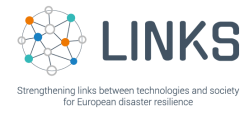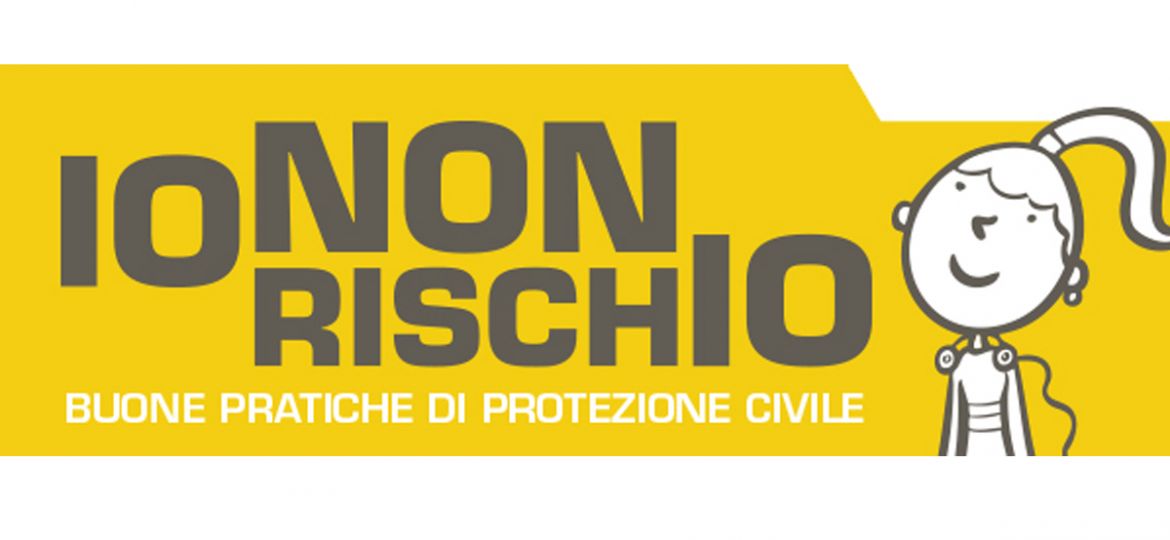A new report by our COPE team provides a methodology for investigating social media and crowdsourcing in the context of disaster risk management.
News
LINKS is involved in Io non Rischio, a national communication campaign on the natural risks affecting Italy. On Sunday 24 October…
Meet COPE postdoctoral researcher Anne Bach Nielsen. Nielsen’s research explores disaster governance and climate change adaptation issues.
At this year’s ISCRAM conference, which took place from May 23-26, safety innovation center e.V. was able to present the first results of the #LINKSH2020.
Defining project-based POLICY RECOMMENDATIONS requires building bridges between scientific evidence and public policy, thus highlighting the utility of scientific findings for results-based policy making
With the achievement of the first results of the project, many dissemination and communication activities have been carried out in the last six months of the LINKS project. These include participation and organisation of events and workshops and the strengthening of existing and new networks.
The purpose of the LINKS Community is multifaceted. On the one hand, it is meant to provide participants with a first-hand insight into the developments of the LINKS project and to offer them the opportunity to closely follow-up on the projects’ research findings and final results
LINKS brings together practitioners from different countries who are actively involved in the cases. Their role in the project is key to:
In LINKS, the cases serve the purpose of assessing the practical value of the LINKS Framework in four European countries (Denmark, Germany, Italy and The Netherlands) and in the frame of five different hazard scenarios (flooding, drought, terrorism, earthquakes and industrial hazards).
A key objective of the LINKS project is to build a sustainable, multidisciplinary, stakeholder community consisting of different actors from different countries, professions and schools of thought but all interested in the field of social media and crowdsourcing (SMCS) in disasters. An important tool for this community is the LINKS Community Center (LCC) as it will be the technical foundation for the online community.











